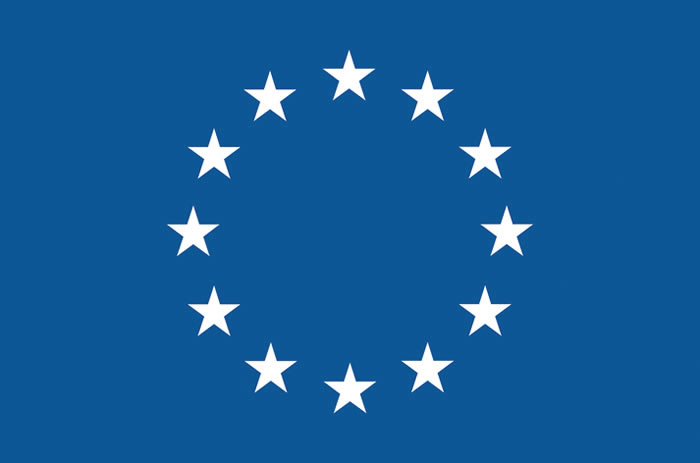Arrabito*, Giuseppe
Topic:
Printing Biology: where printing meets synthetic biology
Abstract:
The assembly of life-like artificial systems is an emerging topic that contributes to the fundamental understanding of the molecular origins of life, and fuels the development of life-inspired platforms usable in different fields (e.g. molecular sensing, artificial biology, tissue engineering) [1]. The implementation of these platforms depends upon the ability to recapitulate the structural and functional features of biological systems, including multi-scale organization, adaptivity to environmental stimuli, collective behaviors [2]. The resulting research efforts have led to the recent definition of Printing Biology [3], a field resulting from the intersection between printing and the bottom up Synthetic Biology. Printing Biology aims at realizing reconfigurable multiscale systems (from nanometers to millimeters) with bespoke molecular composition, allowing for the determination of molecular interactions and features in conditions mimicking those of the living systems. As representative examples, the reproducible fabrication process of stable fL-scale compartments (the size selected by Nature for the formation of organelles and molecular condensates) by inkjet printing (IJP) and microcantilever spotting (μCS) will be shown.
The molecular composition of the compartments will be varied with the final aim to demonstrate the activity retention of different classes of the encapsulated biomolecules. Three different model applications will be shown, including DNA, proteins and phospholipids ink printable formulations. At first, the mechanism of DNA oligonucleotides ink imbibition by μCS into nylon porous supports is demonstrated (Figure 1). Subsequently, the immobilized DNA oligonucleotides (printed at different concentrations) are hybridized with a fluorolabeled complementary sequence permits to demonstrate the retaining of biological function [4], and the optical detection of oligonucleotides down to few tents of zeptomoles. As a second application, the retaining of CYP2E1 enzymatic activity from IJP compartments mimicking mitochondria is shown, highlighting the possibility to further induce spatial organization of the reaction products (Figure 2) [5]. Finally, preliminary experiments showing the realization of ordered phospholipids compartments containing fluorescein tagged phospholipids by μCS onto glass surfaces are reported. These systems allow for the realization of artificial platforms that could find applications in membrane-protein interaction studies.
Back to speaker overview Back to Oral- and Flash presentations overview





